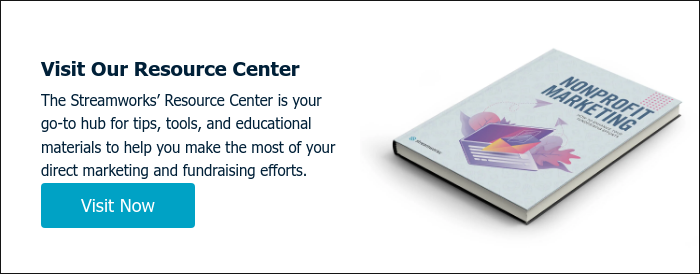Donor-Advised Funds: A Double-Edged Sword for Fundraisers
Streamworks Blog

Donor-Advised Funds (DAFs) have exploded in popularity in recent years. For donors, they offer tax benefits, investment growth, and streamlined giving. But what do they mean for those on the fundraising frontlines? Let's dive in.
The Bright Side of DAFs
- Potential for Increased Giving: DAFs can lead to a surge in charitable contributions. With the immediate tax benefits and the ability to pool funds, donors may be more inclined to give generously. According to the National Philanthropic Trust, grants from DAFs to charitable organizations reached $52.16 billion, a 9 percent increase from a revised 2021 total of $47.83 billion.
- Streamlined Donations: DAFs can simplify the donation process for donors, making it easier for them to support multiple organizations. This can lead to increased efficiency for both donors and nonprofits.
- Access to New Donors: DAFs can introduce nonprofits to a new pool of potential donors. As DAFs grow in popularity, more people will use them as a vehicle for giving.
The Challenges of DAFs
- Delayed Impact: While DAFs can lead to increased giving, the timing of the impact can be unpredictable. Funds may sit in DAFs for years before being granted to nonprofits. This can create challenges for organizations with immediate needs. As of 2022, the DAF grant payout is 22.5%, meaning a significant portion of funds remains undistributed each year.
- Reduced Donor Connection: DAFs can create distance between donors and the causes they support. With less direct interaction, building meaningful relationships and fostering a sense of ownership in the nonprofit's mission can be difficult.
- Increased Competition: The growth of DAFs has led to increased competition for donor dollars. With more organizations vying for a limited pool of funds, standing out and securing support can be challenging.
- Uncertain Grantmaking Criteria: DAF holders can determine which organizations receive grants. This can lead to uncertainty for nonprofits about the likelihood of receiving funding and the support they might receive.
Maximizing the Benefits of DAFs
While DAFs present both opportunities and challenges, nonprofits can take steps to maximize their potential. Here are a few strategies:
- Educate Donors: Provide information about the impact of immediate giving and encourage donors to recommend grants to your organization.
- Build Relationships: Build strong relationships with potential DAF donors to increase the likelihood of receiving grants.
- Demonstrate Impact: Communicate the impact of your organization's work to attract DAF donors who are passionate about your mission.
- Diversify Funding Sources: Relying solely on DAFs can be risky. Diversify your fundraising efforts to reduce dependence on this single source of income.
DAFs are a complex landscape for fundraisers. While they offer the potential for increased giving, it's essential to be aware of the challenges and develop strategies to maximize their benefits. By understanding the dynamics of DAFs and adapting fundraising approaches accordingly, nonprofits can increase their chances of success.



.jpg?width=352&name=MoneyBoxBlogPhoto%20(1).jpg)
